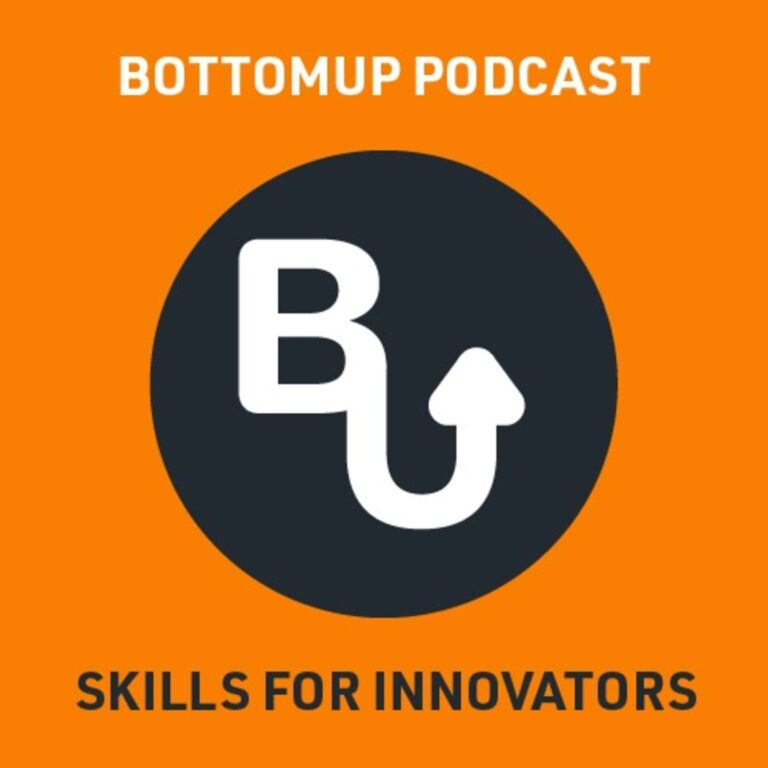Learn the best way to launch a product
We are three quarters of the way through our journey, into the toughest product management challenges. And today we’re asking the question, what’s the best way to launch a product. And if you’ve made it this far in the journey, this means you’ve got a problem solution fit.
You know your early adopters are satisfied with the product. Now you really want to launch this thing. And I want to propose to you a rather controversial way of thinking about launching. I’ve seen so many people waste time, money, and effort doing spectacular products.
Business launches create so much noise. They get celebrities in the hype, the media and the Instagram influencers, and there’s so much noise and you should really be focused on your product and its users and not get carried away with everything else.
And often people say the startups that get the most hype often fail the most. I’m not sure if that’s true, but it feels like it could be a real truth of the product world. So let’s look at the key word when you want to launch your product. The key word is small. That’s right. I want you to launch small.
From experience, I’ve been involved in a product launch that was so big the server crashed because of too much demand and we had over a million users in the first hour. And I think we were probably ready for 10,000, not a million. It just got too big, too much. And look, let’s take a leaf out of Facebook’s book.
They started small, they went from campus to campus launching Facebook and I don’t need to tell you how big Facebook is. So here’s the thing. There are lots of different ways to go small. In fact, there’s roughly five ways to go small that you can build up with before number six, which is the full launch.
Let’s look at a few and taking a lean startup approach. Want to learn more, about launching your product small, ironing out the bugs and testing on small groups? We have five ideas on how to launch in a smarter way, join us for these and two more episodes left of the product management unstuck series at the BottomUp Skills Podcast.
For more bite sized product skills and at BottomUp Skills for free courses on Design Thinking, Agile, Lean and much more. Free skill courses for product people and innovators.
TRANSCRIPT
Hello and welcome to the bottom up skills podcasts I’m Mike Parsons and I’m the CEO of Qualitance, and we are three quarters of the way through our journey, into the toughest product management challenges. And today we’re asking the question, what’s the best way to launch a product.
And if you’ve made it this far in the journey, this means you’ve got problem solution fit. You’ve got a Product market fit. Your early adopters are satisfied with the product. Now you really want to launch this thing. And I want to propose to you a rather controversial way of thinking about launching. The background is I’ve seen so many people waste time, money, and effort doing spectacular product launches.
I’ve seen people go to town and it just creates so much noise. They get the celebrities in the hype, in the media and the Instagram influences, and there’s so much noise and you should really be focused on your product and its users and you get carried away with everything else.
Often people say the startups that get the most hype often fail the most. I’m not sure if that’s true, but it feels like it could be a real truth of the product world.
The keyword is small
Let’s look at the key word when you want to launch a product. The key word is small. That’s right. I want you to launch small. I launched a product way back in 2009. That was so big that the server crashed due to too much demand we had over a million uses in the first hour. I think we were probably ready for 10,000, not a million.
It just got too big, too much. And look, let’s take a leaf out of Facebook’s book. They started small, they went from campus to campus launching Facebook and well, I don’t need to tell you how big Facebook is. So here’s the thing. There are lots of different ways to go small. In fact, there’s roughly five ways to go small that you can build up with before number six, which is the full launch.
First of all, if you take the lean startup thinking, you can start your launch strategy with the pre-order. Now you could struggle to get enough interest in your pre-order and that would actually challenge the notion of whether you have product market fit. You may not even have problem solution fit.
Pre-order launch strategy
So pre-ordering is a great launch strategy because you can do it well in advance and it helps you understand, do you really have something that people want, because if you’re selling this amazing solution and nobody’s up for that. Then you have quite the problem. Okay. So you’ve got, pre-order going. What’s another way to launch small and this is another good one.
Don’t see this nearly enough family and friends now. Granted family and friends usually, always want to say, yeah, the product’s great, even when it’s not because they, they feel compelled, but launching with family and friends can certainly get some bugs out of new products. And it’s such a safe way, a small group of people, test your product and no harm, no foul.
Number one, launching small could be start with a pre-order number two family and friends. The third one could be is that you may have identified. A small group of early adopter users who would be keen to test your product and you can do what we call a closed user group.
So invite only, maybe a hundred or so people can come use your product and, you might make it free for life for them. It can be contingent on them providing some feedback and being available for maybe a couple of questions or an interview.
Closed user groups
The third one closed user group. Really smart way to get expert advice on your product.So that’s the first three ways that you could go small instead of making the huge mistake of going big. Remember my pitch to you is Facebook went from college campus to college campus. There was a white list. It took a long time, but that’s how they scaled the program. And if you compare to Twitter, when Twitter first launch, I remember it was full of bugs.
I think they used to have on the web page, it was always down because there’s too many people using it. So starting small is really crucial, but I still got more ideas for it. Another startup and launching small idea is start with some influences. So you might reach out to some folks that are real experts in your category or your industry. And say, look, we’d love your feedback and we’ll give you some preview materials.
There might be some deal that you can make there, but you really want to get their feedback. You will be amazed that when you say to someone, Hey, I think you’re an expert and I’d love your feedback. People are pretty willing to give you feedback, because it’s a bit of a compliment.
That’s the fourth, the other three, just to remind you of those, closed user groups, family, and friends, or the pre-order great ways to launch a product. Because you can start small getting re grip on the product, make sure it’s doing the job.
Make sure it’s satisfying your users and make any refinements. Now the fifth way to launch small is to launch with a partner. So you might have a strategic partner in a similar area. That could be a really good partner. So if you’re a gym, you might partner with someone that makes gym gear. And you might make your product or service available only to the customers of this partner.
This is a good way to restrict volume. It would be a fairly good way to get some early adopters into your product. And what you can see with these five is all of them are deliberately starting with a smaller funnel and then working your way out.
So pre-order is going to be the smallest partner launch is probably the biggest in terms of, um, user volume that you can expect.
Now, have you try one, two, or all of these as ways to start small? You’ll save yourself a lot of grief. Because you know, really when you do those big launches, there’s a lot of distraction, particularly if you’re pretty early on and you’re not really sure if you have problem solution fit, better yet still a product market fit. Then you need to be really focused on the product and the user.So you don’t all these big fancy launches that a lot of distraction there.
But let’s say you have solid product market fit and you there’s, this there’s launch is almost the start of your distribution, conversion fit. And your big push, then you can go. Part six, the full launch national URL. You want to get the press there. You want to get all the right people there. You want to have promotions at the go paid advertising the whole enchilada. But you should really only do that after.
You’ve really challenged yourself to look at those other five ways of launching small. I know, it’s so exciting to go to those big launches, but I can only tell you it’s a whole lot of distraction. So there we have it. How do we launch? And I hope those, those five ideas, the pre-order family and friends, close user group influencer, only partner launch.
I hope they all really give you some inspiration. Now you might be able to launch in a smarter way. Well, there’s only two more episodes left of the unstuck series, challenging ourselves with the most challenging questions in product development.
I hope you’re enjoying this series and that’s it for another episode of the bottom-up skills podcast.


